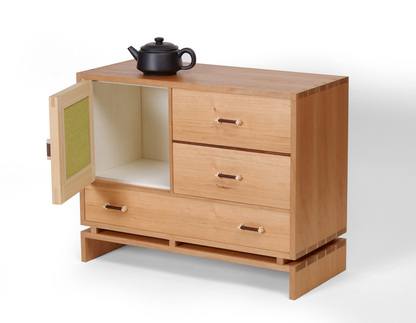 It's been a while since I last posted a new box, and this box is the reason why. I first posted a drawing of it eight weeks ago on my Instagram feed. Since then I've started and completed four other boxes, and taken two long trips for work. I've been working on it all along. And now it's done. Happy, happy, joy, joy. (Yes, I watched Ren & Stimpy. No, I did not use psychedelic drugs.) Let's get to it, then. To begin, it's a tea box. The bottom drawer holds loose tea. The two top drawers hold tea packets. Behind the door is a cubby for a teapot and teacups. I don't drink tea, but I very much like the ritual of drinking tea. I don't have in mind the Japanese tea ritual (although this box clearly has some nods to Japanese design), but the ritual of afternoon tea at Fine Woodworking. It's a brief break in the day when most of the staff gets together to relax and talk. The folks I work with are wonderful, funny, bizarre (in the most glorious and endearing ways), endlessly interesting, and even a bit bawdy. There is a clockwork to the way tea time happens: who boils the water, who sits (or stands) where, what we talk about, the jokes we make, etc. I love the work at the magazine, but I cherish the people I work with even more, and that's especially true at tea time. I made this box for them, from my fondness for them. (By the way, there is no doubt that I am the most bizarre, and perhaps most bawdy, of the bunch.) This box is nearly as big as the kindling box I made not too long ago, and takes its basic form from the kindling box, too. The case sits upon a base, separated by some spacers. Note that the middle spacer is in line with the divider between the door and drawers. Pleasant. Harmony. Had it been centered between the other two spacers, it would have created a visual disconnect, and instead of blending quietly into the piece it would have been a jarring presence. As it is, the three spacers become part of the overall case structure, and the negative spaces they create contribute to the overall success of the box. The bottom drawer is shorter than the other two, but I think it works here. I was skeptical at first, because wider drawers at the bottom give a piece visual grounding. With this box, the base creates a sense of lightness and elevation, so it's OK that the bottom drawer is shorter. Like the base, it's helping to lift up the box. But if you take the two together they are a solid foundation for the box. How does that work? It's the vertical divider between the door and two top drawers. The bottom drawer and base run the full length of the box. The space above them is divided, so you get a visual division between the bottom drawer/base and the upper part of the case. And here we come to the importance of varying the thickness of parts. The thickest parts are those on the perimeter of the case and base. The horizontal divider above the bottom drawer is slightly thinner. So too is the vertical divider separating the door from the two drawers on the right. They define the internal structure. The cocobolo divider between the two upper drawers is thinner still so that those two drawers are structurally subordinate. This variation in thickness creates a structural hierarchy that visually tells you that the base and bottom drawer are taken as a foundational pair even though they are separated by some beautiful negative space. This all makes sense to me. I hope it makes sense to you. If it doesn't, write your questions on the back of a post card and mail them to the guys at Car Talk. They're smarter than I am, and much funnier, too. Holy yard goats! This is getting long, and I haven't even gotten to the door and pulls yet. So, what about the door? It's made from basswood, which I chose because of it's color and lack of any visible grain. I wanted the door to be about the fabric panel and lattice that overlays it. Mike Pekovich, my friend and colleague at Fine Woodworking, has been experimenting (quite successfully) with kumiko recently. (Check out his Instagram feed to see what he's been up to. It all rocks the house party.) As always, I feed off what he's doing. But traditional kumiko patterns would obscure the color off the fabric panel, so I went for a simple pattern based on rectangular negative spaces. This is much more in keeping with my design aesthetic. It's also in keeping with my propensity to take traditional material and design details and use them in very modern ways (milk paint, for example). I like how it turned out, and I plan to use lattice work more often. I chose cocobolo for the frame to create some separation between the door and the lattice. It was a risk, but I think it worked out nicely. I had already decided to use cocobolo for the front edge of the divider between the two top drawers, and using it for the frame gave some unity between the two halves of the upper part of the case. And cocobolo brings us to the pulls. All of their parts are 1/8 in. thick, like the parts of the lattice work. The little feet have notches in them into which the bar fits. In this way they are tied to the kumiko. I then wrapped brown embroidery thread around the section between the feet. The color of the thread ties the pulls to the cocobolo. (On a side note, these pulls are closely connected to the pull on box 10, because I got the idea for them from that box.) Also, the notion of a pull with cord or thread wrapped around it is something I've seen in Japanese furniture, but I don't have the wherewithall to find anything I could link to. There is still so much more that I could write about the design of this box. Why did I use an asymmetric pattern for the lattice? Why green fabric and not blue or red or yellow? Why butt hinges instead of knife hinges? And what was I thinking when I painted the inside of the cubby white? The answer to all of these questions is 42. And don't forget your towel. Are they still random if I do them every time?
6 Comments
Christopher joyce
3/12/2016 06:02:43 pm
Love the tea box, great details , nice choice of woods , pulls are spectacular , love to learn how to wrap them , nice touch
Reply
Jerry
3/12/2016 07:24:35 pm
This is a terrific tea chest. The proportions are right on the money and they reflect the functions of the chest. The lattice work is a very nice touch. Finally, the materials and finish are just right for the box.
Reply
John Reed
3/16/2016 01:10:00 pm
God I'm glad I'm not alone on the Hobbit Thing....Great Box by the way! JReed
Reply
Steven Hall
3/19/2016 02:34:26 pm
"Are they still random if I do them every time?"
Reply
Your comment will be posted after it is approved.
Leave a Reply. |
AuthorI love furniture design, and smart techniques. This blog is about both. Archives
August 2020
Categories |
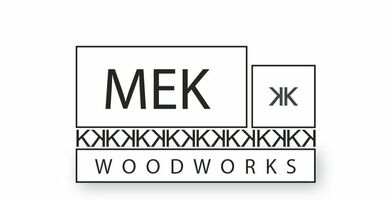
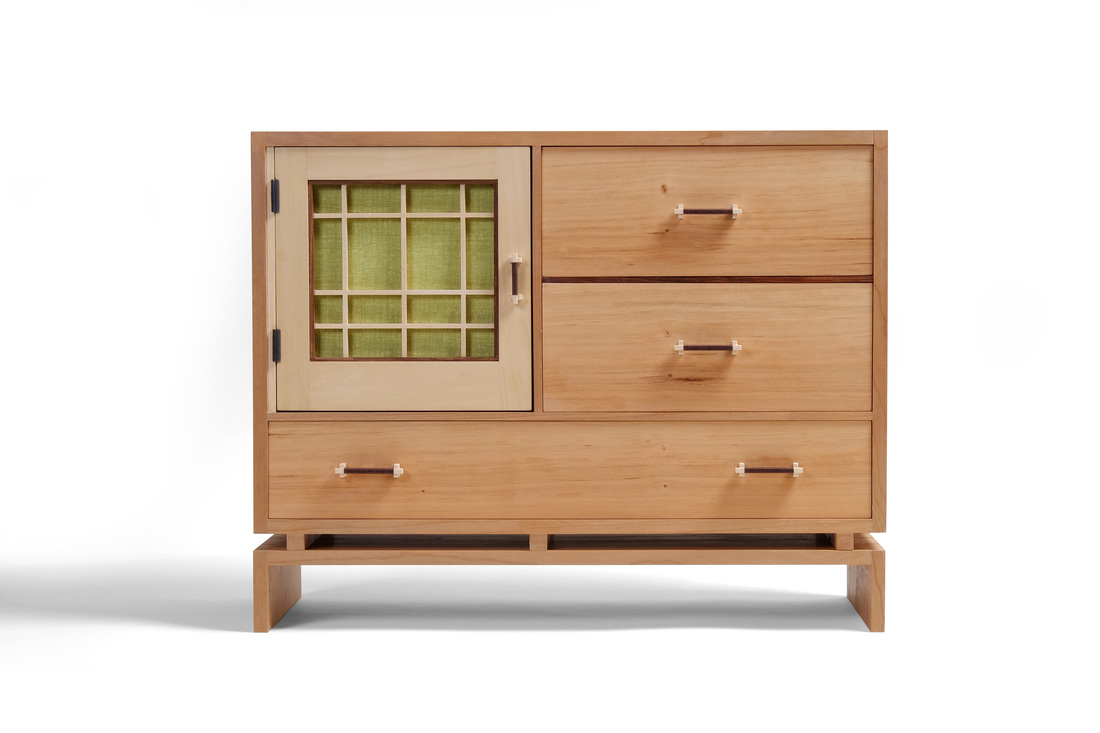
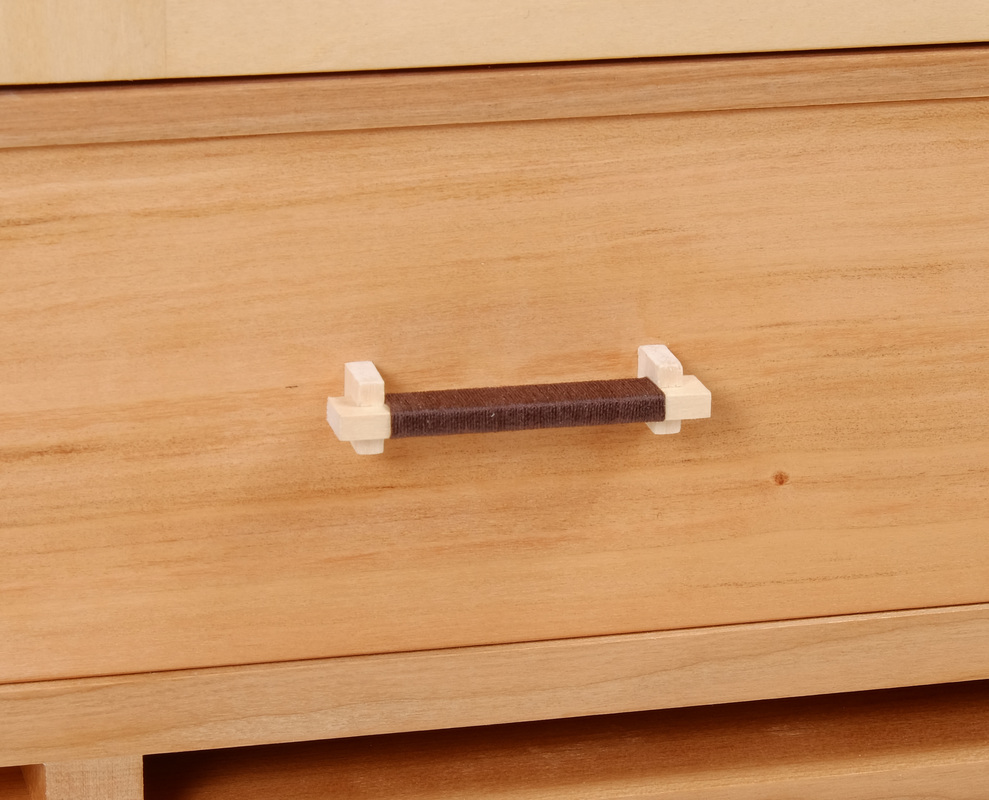
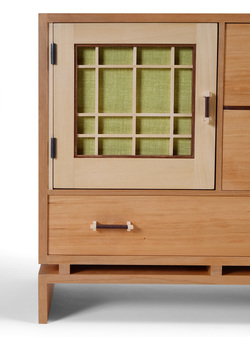
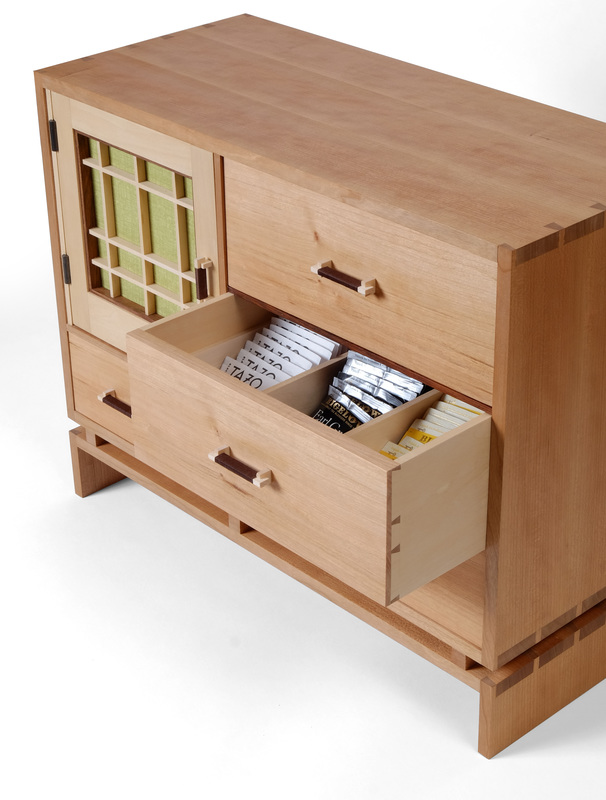
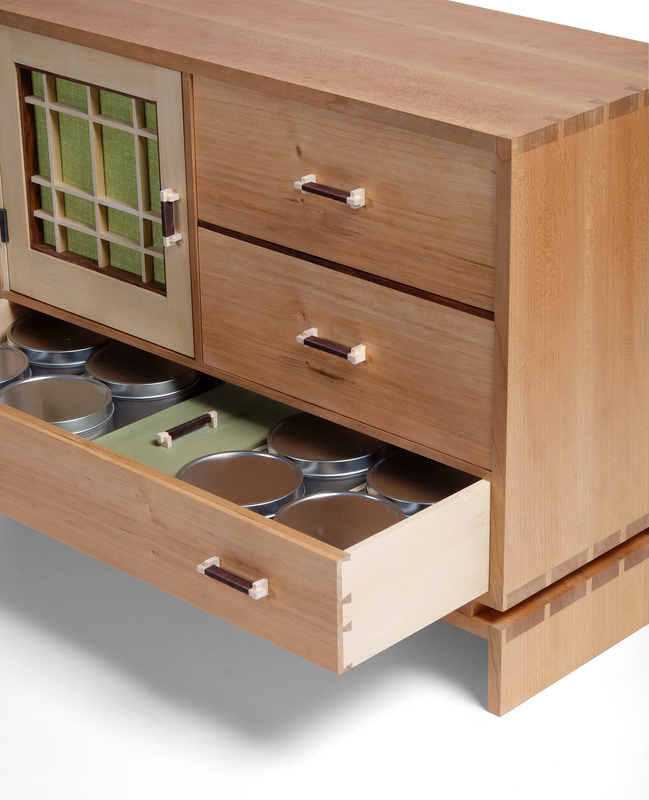
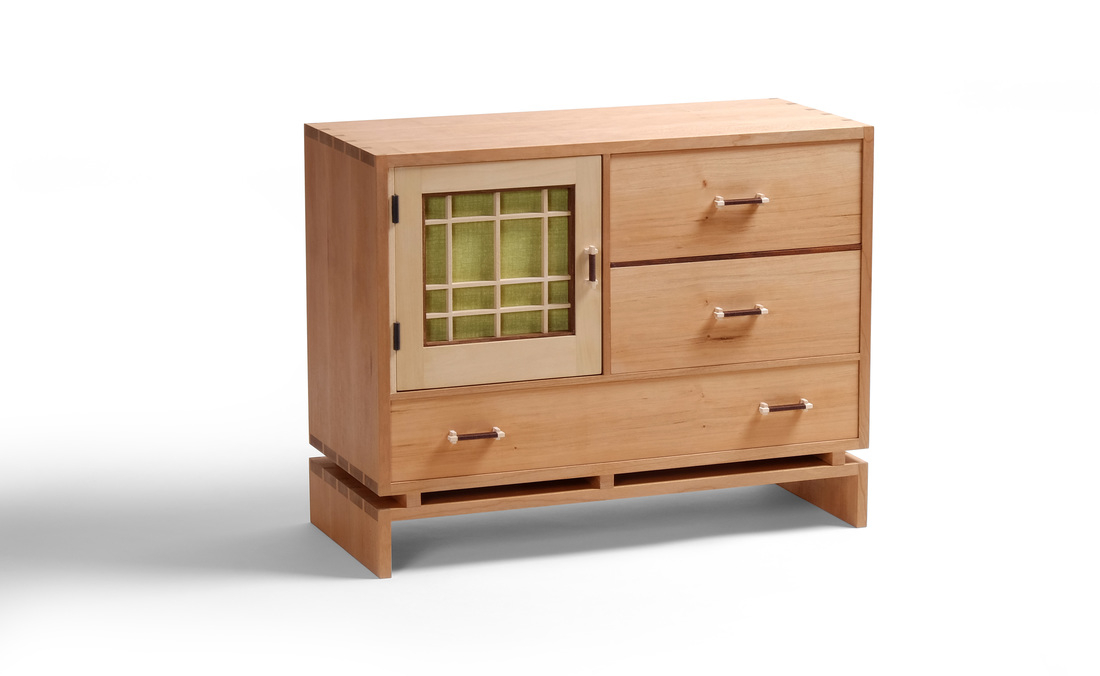
 RSS Feed
RSS Feed